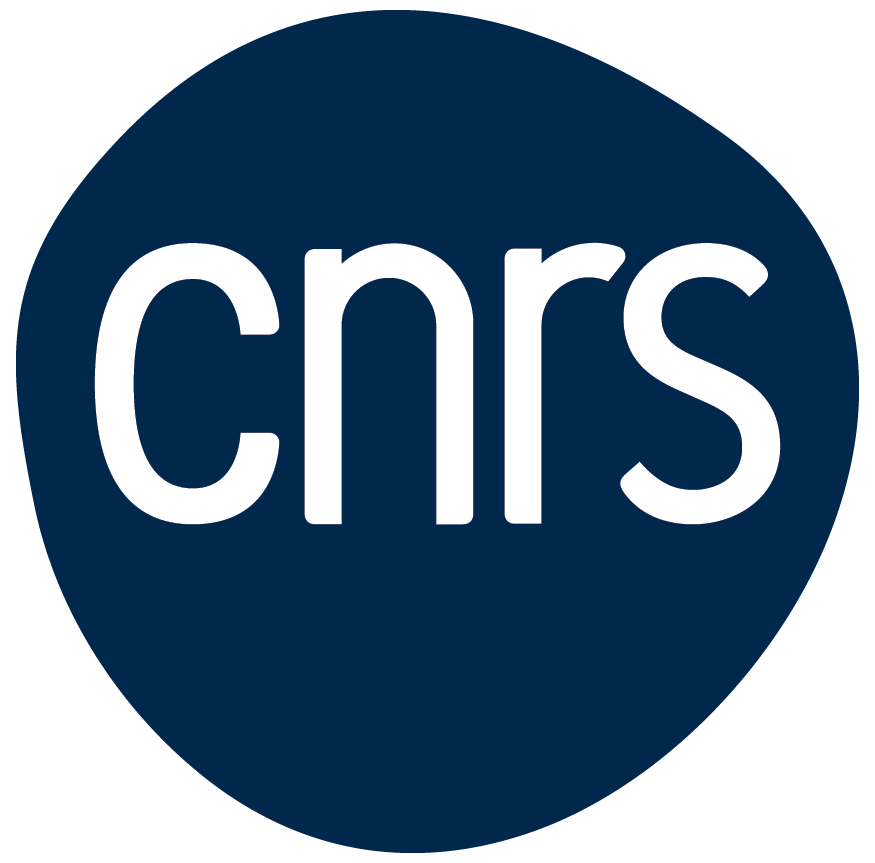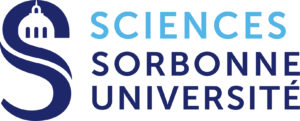M2 Internship proposal
Laboratoire Sciences et Ingénierie de la Matière Molle, (SIMM)
Address: ESPCI, 10 Rue Vauquelin 75005 Paris
Head: Etienne Barthel
Supervisors: Jean Comtet

Figure. (A) Schematic of the experimental setup to map electrostatic surface potential following droplet triboelectrification. (B) Temporal evolution of the associated surface potential, evidencing the surface diffusion of deposited charges.
The universally-known triboelectric effect results in the charging of solid surfaces following mechanical contact. This ubiquitous phenomenon has macroscopic consequences, both mundane and fundamental (tribo-charging leads to dust aggregation, which might be responsible for initial planetary formation [1]). Very recently, triboelectricity has also seen a surge of interest in the context of the development of novel energy harvesting devices with exceptional performances [2]. However, the origin of this surface charging remains fundamentally misunderstood, being indistinctively attributed to the transfer of minute quantities of electrons, ions or matter between surfaces [3].
Here, we will focus on the particularly peculiar case of liquid triboelectrification in which the sliding motion of water drops on hydrophobic surfaces leads to a macroscopic separation of charges, with the deposition of permanent negative charges onto the solid surface and to the positive charging of the drop [4] (Fig. A). These observations suggest that negative surface charges developing at the solid/liquid interface in the drop get trapped at the solid/air interface during forced droplet dewetting, raising a number of questions, related to (i) the interplay between dynamic effects occurring at the moving contact line with charge dynamics at the solid/liquid interface and (ii) the physicochemical nature of the deposited charges.
We recently developed a new methodology to directly map the spatial and temporal evolution of the surface charges deposited by the sliding droplet, evidencing the occurrence of spatially heterogenous charging patterns as well as a peculiarly high mobility of these surface trapped charges (Fig. B). In this internship, we aim to take advantage of this new approach to understand what sets the large mobility of these surface adsorbed charges and clarify the role of ion/surface interaction during liquid tribocharging. These measurements will help us gain novel fundamental physical insights on the charge separation process at play during liquid triboelectrification, and reveal the peculiar nature of the subnanometric film of ions and water trapped at these solid surfaces.
[1] T. Steinpilz et al., “Electrical charging overcomes the bouncing barrier in planet formation,” Nature Physics, vol. 16, no. 2, pp. 225–229, 2020.
[2] W. Xu et al., “A droplet-based electricity generator with high instantaneous power density,” Nature, vol. 578, no. 7795, pp. 392–396, 2020.
[3] D. J. Lacks and T. Shinbrot, “Long-standing and unresolved issues in triboelectric charging,” Nature Review Chemistry, 2019.
[4] A. Z. Stetten, D. S. Golovko, S. A. L. Weber, and H. J. Butt, “Slide electrification: Charging of surfaces by moving water drops,” Soft Matter, vol. 15, no. 43, pp. 8667–8679, 2019.
23/10/2024


